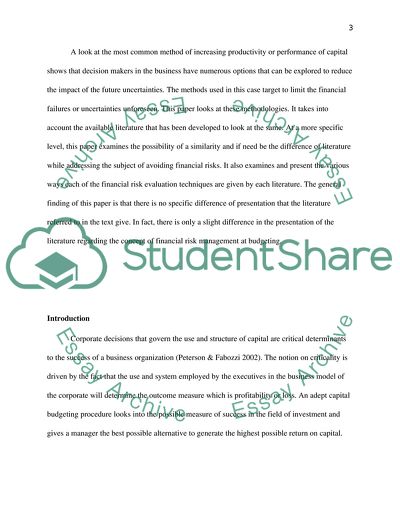Cite this document
(Impact of microeconomics Essay Example | Topics and Well Written Essays - 2250 words, n.d.)
Impact of microeconomics Essay Example | Topics and Well Written Essays - 2250 words. https://studentshare.org/finance-accounting/1871152-impact-of-microeconomics
Impact of microeconomics Essay Example | Topics and Well Written Essays - 2250 words. https://studentshare.org/finance-accounting/1871152-impact-of-microeconomics
(Impact of Microeconomics Essay Example | Topics and Well Written Essays - 2250 Words)
Impact of Microeconomics Essay Example | Topics and Well Written Essays - 2250 Words. https://studentshare.org/finance-accounting/1871152-impact-of-microeconomics.
Impact of Microeconomics Essay Example | Topics and Well Written Essays - 2250 Words. https://studentshare.org/finance-accounting/1871152-impact-of-microeconomics.
“Impact of Microeconomics Essay Example | Topics and Well Written Essays - 2250 Words”. https://studentshare.org/finance-accounting/1871152-impact-of-microeconomics.


